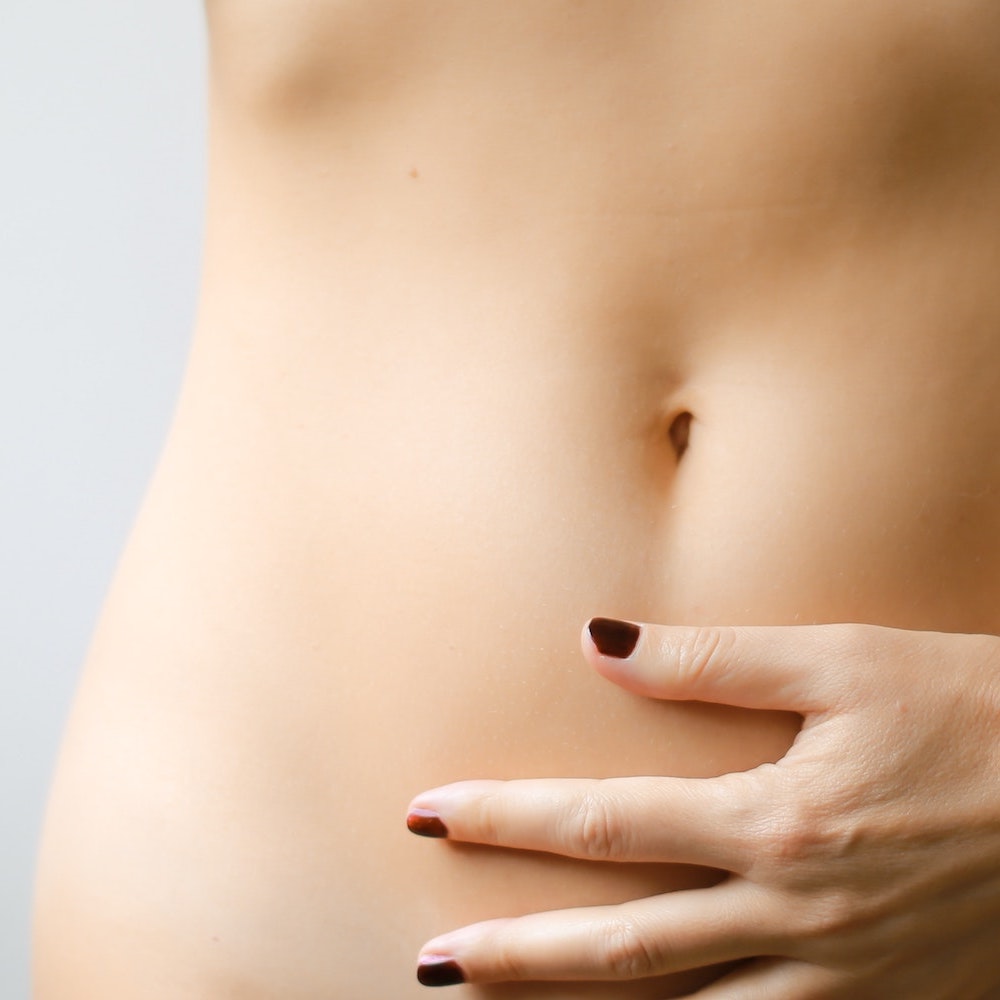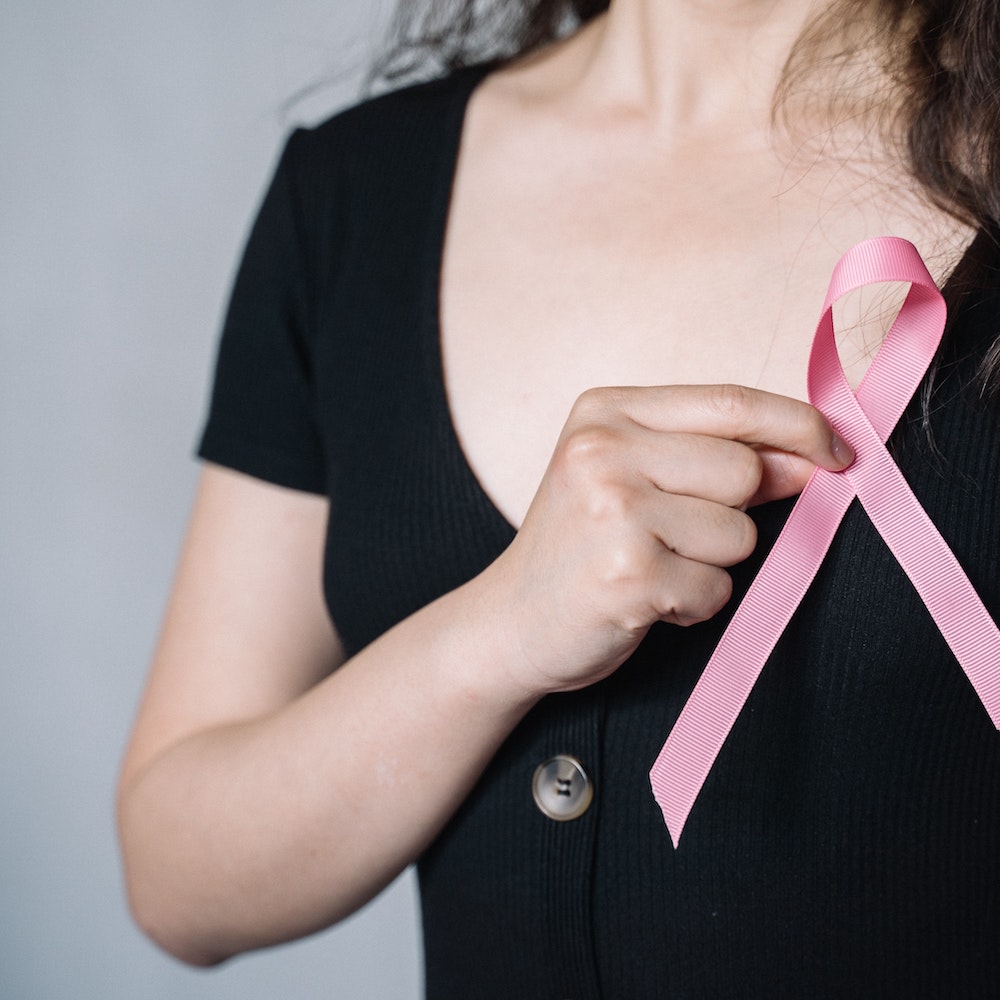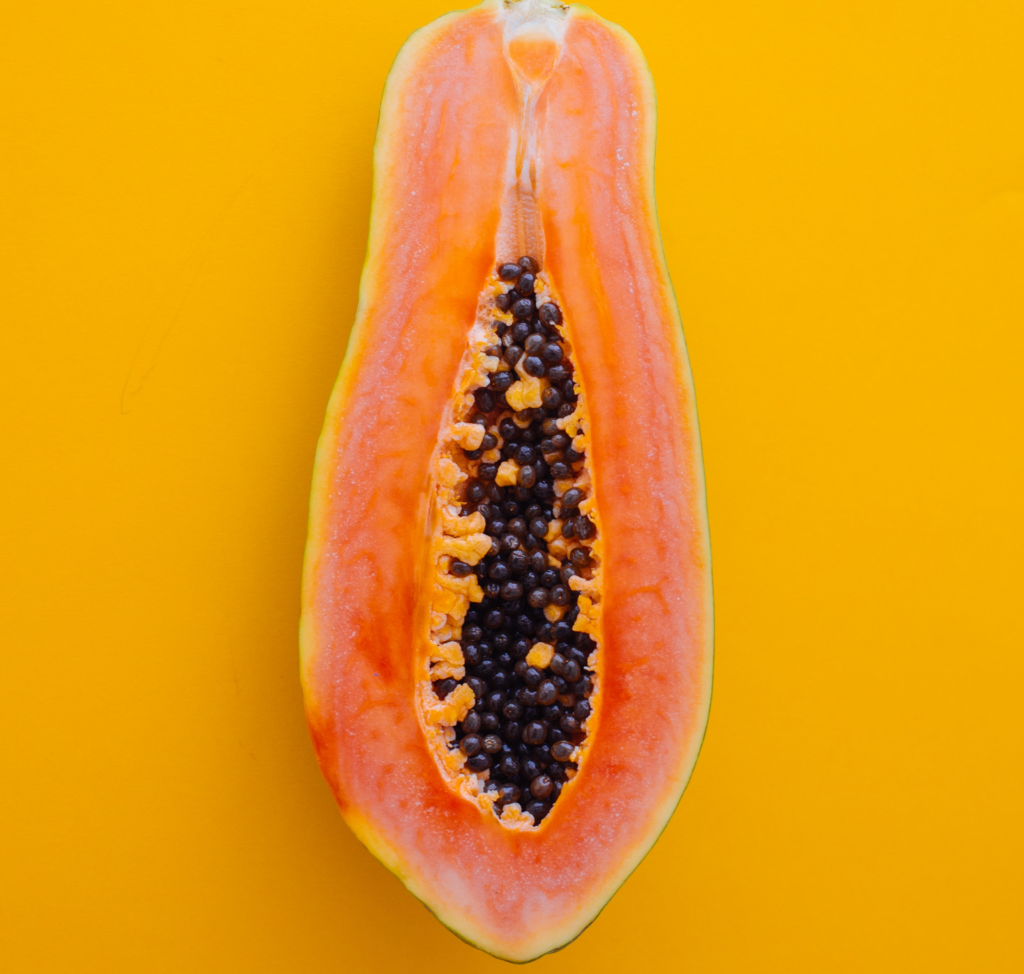BLOG
ORGASMS
ONLINE CONSULTATION
If you need a more personal approach I’m just a phone call away.
Meet Sally!
In this video Sally will give you an introduction to the blog about orgasms.
Why we orgasm
Faking orgasms
Did you know …
- Orgasm from the Greek orgasmos meaning excitement, swelling, sexual climax
- Is described as the sudden discharge of accumulated sexual excitement.
- Experienced by males and females, orgasms are controlled by the involuntary or autonomic nervous system.
- Usually associated with involuntary actions, including muscular spasms in multiple areas of the body, a general euphoric sensation and, frequently, body movements and vocalizations.
- The period after orgasm (known as the refractory period) is typically a relaxing experience, attributed to the release of the neurohormones oxytocin and prolactin as well as endorphins, which are endogenous opiates
- Human orgasms usually result from physical sexual stimulation of the penis in males (typically accompanying ejaculation) and of the clitoris in females.
- Sexual stimulation can be by self-practice (masturbation) or with a sex partner (penetrative sex, non-penetrative sex, or other sexual activity).
- Some compare the climax to a sneeze – the crescendo, climax, and sudden stillness
- The National Orgasm Day which is the 31st July is a celebration of sexual climax and awareness for issues surrounding sexual climax
- International Female Orgasm Day was first celebrated on August 5th, 2007 in Esperantina, Brazil, created by the Councilman Arimateio Dantas who passed a municipal law establishing the holiday in order to raise awareness for female sexuality and reduce stigma and taboo surrounding it, as well as repaying a “sexual debt” to his wife. Today is celebrated on the 8th August
- Only 18.4% of women orgasm from vaginal sex alone that means a whopping 81.6% of women don’t orgasm from intercourse alone, they need additional clitoris stimulation
- 95% of heterosexual men usually or always orgasm during partnered sexual activity compared to just 65% of heterosexual women.
- 5-10% of women have never orgasmed
- 59% of women have faked an orgasm.
- Women take an average of 14 minutes during partnered sex to orgasm as opposed to an average of 8 minutes during masturbation
- Men take 5.4 minutes on average to orgasm.
- 86% of homosexual women usually or always orgasm during partnered sexual activity compared to just 66% of bisexual women and 65% of heterosexual women.
- 95% of heterosexual men, 89% of gay men, and 88% of bisexual men usually or always orgasm during partnered sexual activity
- Women in a relationship of 6+ months are 6 or more times more likely to orgasm during a sexual encounter than a woman with a first-time hook-up.
- Women having sex with a hook-up partner for the 3rd-5th time are 40% more likely to orgasm than from a first-time hook-up.
- 43% of women have experienced multiple orgasms.
- 40% of women reported cannabis use increased their ability to have multiple orgasms.
- Less than 10% of men have multiple orgasm and are under 30 years.
- 25% of men have faked an orgasm.
- 100% of men orgasmed during anal sex.
- 94% of women orgasmed during anal sex
- 53% of women and 45% of men have used a vibrator during sexual activities
- Approximately 30% of men experience premature ejaculation.
- Men’s orgasms last from 10-30 seconds on average.
- Women’s orgasms last from 13-51 seconds on average.
The Biochemistry of Orgasms
- Your genitals are packed with a number of different kinds of nerves that send impulses to your brain; each perceives stimulus differently depending on where and how you’re being touched and because of this we can begin to understand why clitoral and vaginal orgasms feel different from each other.
- The clitoris contains more than 8,000 nerve endings
- Nerves and the corresponding areas of the genitals they transmit stimulus from:
– Vagus nerve: the uterus, cervix and vagina
– Pelvic nerve: the cervix and vagina in women, and the rectums of both sexes
– Pudendal nerve: the clitoris in women, and the penis and scrotum in men
– Hypogastric nerve: the uterus and cervix in women, and the prostate in men.
Sex on the brain
- During climax, both men and women experience a complete shut down in the area of the brain directly behind the left eye.
- The lateral orbifrontal cortex the part of your brain that that controls reasoning and behaviour shuts down, making orgasm a time when you literally lose control of everything,
- In fact, researchers viewing brain activity during orgasm state that it looks just like the brain of a person in the throes of a heroin high!
- Women differ as their amygdala and hippocampus greatly decrease in activity – both of these are responsible for dealing with fear and anxiety, which researchers theorize is because women need to feel safe and relaxed to be able to enjoy sex – it’s just a theory, though!
- MRI and PET scan research show that genital sensory cortex, motor areas, hypothalamus, thalamus, and the substansia negra all light up during the big O
- The brain releases hormones such as oxytocin, prolactin, endorphins, dopamine and serotonin all affecting emotions like pleasure, love, happiness, exhilaration, satisfaction, pain free
- Having an orgasm stimulates your brain in the same way as doing drugs or listening to your favourite music.
- The brain doesn’t differentiate much between sex and other pleasurable experiences.
- The parts of your brain that make you feel good after indulging in dessert or winning at poker are the same areas that light up during orgasm.
- Sex is experienced as pleasurable and this is because the reward pathways in our brains are activated during and leading up to orgasm.
- These are the very same networks that are activated in response to drug use, alcohol consumption, gambling, listening to your favourite song or enjoying a delicious meal.
Sexual Response Cycle
Researchers Masters and Johnson proposed this cycle:
Phase 1: Excitement
- Beginning in less than a minute after sensual stimulation begins,
- For her – her vagina begins lubricating, expanding and lengthening, and her outer lips, inner lips, clitoris and sometime breasts start to swell.
- For him – his penis will begin to get erect, as well as his nipples, which may stiffen as well.
- Both him and her pulses and breathing patterns begin to increase.
Phase 2: Plateau
- For him and her – reactions intensify, both may display a ‘sex flush’ or ‘sex blush’ on their neck or face, and muscles may begin to spasm in your hips, hands, buttocks or thighs.
- For him – his testicles will be drawn up into his scrotum as his penis becomes fully erect
- For her – her vaginal lips will continue to become puffier while her vaginal opening narrows and her clitoris will disappear into its hood.
Phase 3: Orgasm
- The shortest of all the phases – just a few seconds.
- For him and her – blood pressure, muscle tension and blood vessel engorgement reach their peak, some may experience a muscle reflex that causes their hands and feet to grasp.
- For him – he experiences that feeling where he knows he’s about to burst, called ‘ejaculatory inevitability’. The feeling of seminal fluid collecting in his urethral bulb, meaning he actually is about to burst
- For her – she experiences her vaginal walls closer to the opening contract rhythmically – some say they contract every eight-tenths of a second, but it varies depending on the climax.
Phase 4: Resolution
- The body starts returning to its pre-arousal
- For him – his penis will become flaccid and he won’t be able to orgasm again for a time after, called the refractory period, which varies in length based on factors such as age and fitness levels.
- For her – most women don’t experience this refractory period and will be able to respond immediately to additional stimulation all the way up to orgasm again.
Types of Orgasms
Clitoral orgasm
- Stimulation of the clitoris
- 60% of female orgasms occur due to clitoral stimulation.
Vaginal orgasm
- Vaginal stimulation, which relates to the indirect stimulation of the clitoris during sex.
Blended orgasm
- Clitoral and vaginal orgasms occur together.
G-spot orgasm
- Stimulation of the G-spot.
Nipple orgasm
- Stimulation of the nipples alone.
- Can activate the part of the brain that also activates with genital stimulation
Anal orgasm
- Some males and females experience orgasms during anal sex
Prostate orgasms
- The male G-spot
- Some males experience orgasms through stimulation of the prostate
Multiple orgasms
- A series of orgasms over a short time.
- Females have a shorter refractory (recovery) period, which allows them to experience multiple orgasms in a shorter period of time.
Imagery-induced
- A response to imagery without physical stimulation.
- Mental imagery activates the brain regions connected to orgasm, reward, and bodily stimulation.
The Female Orgasm
- Like the Bermuda Triangle, the female orgasm is considered to be something of a mystery.
- Every woman is built differently, of course, and figuring out just what does and doesn’t work for you can be a complicated business.
- But just because something’s difficult doesn’t mean you should give up hope.
- An estimated 10% of women easily achieve orgasm
- The other 90% deal with a lot of outside factors that can impede their ability to climax, such as:
– High anxiety
– Low oxytocin
– Don’t feel sexy
– Not enough foreplay
– Forgot to pee before intercourse
– Afraid of losing control
– Pain
– Vaginal dryness
– Don’t masturbate
– Silence – making a noise increases the intensity of the orgasm
– Not vocal about your needs / desires
– Too much changing positions
– Sex becomes an athletic performance
– Medications like antidepressants
– Too focused on results
– Too focused on making your partner happy.
Biochemistry of the Female Orgasm
Excitement
- During female stimulation, either physically or psychologically, the blood vessels within the genitals dilate.
- Increased blood supply causes fluid to pass through the vaginal walls, making the vulva swollen and wet.
- Internally, the top of the vagina expands.
- During this phase, heart rate and breathing quicken, and blood pressure increases.
- Blood vessel dilation can lead to the person appearing flushed, particularly on the neck and chest.
Plateau
- As blood flow to the introitus (vaginal opening) reaches its limit, it becomes firm.
- Breasts can increase in size, and increased blood flow to the areola causes the nipples to appear less erect.
- The clitoris pulls back against the pubic bone, seemingly disappearing.
Orgasm
- The genital muscles, including the uterus and vaginal opening, experience rhythmic contractions around 0.8 seconds apart.
- The female orgasm typically lasts longer than the male orgasm, at an average of around 20–35 seconds.
- Unlike males, most females do not have a recovery period and so can have further orgasms with repeated stimulation.
Resolution
- The body gradually returns to its former state.
- Swelling reduces while the pulse and breathing slow.
Female Orgasmic Disorders
Not reaching orgasm / climax can lead to:
- Distress
- Frustration
- Feelings of shame – both for the person not climaxing and their sexual partner.
Possible Disorders
- Centre around the absence and or delay of orgasms following sufficient stimulation.
- Doctors refer to the absence of having orgasms as anorgasmia.
- Primary anorgasmia – never experienced an orgasm
- Secondary anorgasmia – previously experienced orgasms but no longer can, which can be the result of
– physical / structural causes in the pelvic areas and other gynaecological conditions
– use of certain medications, such as antidepressants
– psychological causes, such as anxiety or depression.
The Male Orgasm
- Consists of the contraction and pulsating most men feel in their penis, prostate and pelvic areas.
- Seminal fluids build up at the base of the penis giving the sensation of ‘cumming’ aka ejaculation
- Which may be experienced as an intense, tightening and tingling sensation
- Each man may experience something slightly different.
- Ejaculation is a powerful, spontaneous muscle spasm, which originates at the base of the spine
- An average healthy male will ejaculate between 3 and 5ml of semen, and in each millilitre there are between 150 and 500 million sperms.
Biochemistry of The Male Orgasm
Excitement
- Male stimulation, either physically or psychologically, can lead to an erection.
- Blood flows into the corpora (spongy tissue running the length of the penis), causing the penis to grow in size and become rigid.
- The testicles draw up toward the body as the scrotum tightens.
Plateau
- As the blood vessels in and around the penis fill with blood, the glans and testicles increase in size.
- In addition, thigh and buttock muscles tense, blood pressure rises, the pulse quickens, and the rate of breathing increases.
Orgasm
- Semen enters the urethra by a series of contractions in the pelvic floor muscles, the prostate gland, the seminal vesicles, and the vas deferens.
- Contractions in the pelvic floor muscles and prostate gland also force the semen out of the penis in a process called ejaculation.
Resolution
- The male now enters a temporary recovery phase.
- This is the refractory period, and its length varies from person to person.
- It can last from a few minutes to a few days, and this period generally grows longer as a male ages.
- During this phase, the penis and testicles return to their original size.
- The breathing may be heavy and fast, and the pulse will be elevated.
Male Orgasmic Disorders
Not reaching orgasm / climax can lead to:
- Distress
- Frustration
- Feelings of shame – both for the person not climaxing and their sexual partner.
Male orgasmic disorders
- Persistent and recurrent delay or absence of orgasm following sufficient stimulation.
- Can be a lifelong condition or can occur due to specific situations, such as
– low testosterone
– psychological conditions such as anxiety
– use of certain medications such as antidepressants.
- Premature ejaculation, where a male ejaculates sooner than they would want to, is a common sexual complaint, can be due to a combination of
– psychological factors such as guilt or anxiety
– biological factors such as hormone levels
– nerve damage.
Orgasmic Health Benefits
- Better sleep quality
- Reduced time taken to fall asleep
- Increased oxytocin during an orgasm may have a variety of health benefits, such as:
– regulating anxiety
– reducing the risk of heart disease
– reducing the risk of cancer, such as ovarian cancer
– frequent ejaculation in males may reduce the risk of prostate cancer.
- During orgasm, the body releases pain-relieving endorphins that can help with back and leg pain, headaches, and menstrual cramps.
- Immediately after climaxing, the body releases hormones that promote restful sleep, such as prolactin and oxytocin.
- Other health benefits include:
– relieving stress
– boosting the immune system
– protecting against heart disease
– lowering blood pressure.
Orgasmic Changes in Physiology
Females aka those with a vagina
- Intense feelings of pleasure in the genitals and throughout the body
- Muscles in the vagina and anus may contract roughly once per second, for around 5 to 8 times
- Heart and breathing rates may increase.
- Before and during an orgasm, the vagina becomes wet
- Somewhere between 10 – 70% of females may ejaculate the fluid.
- Directly after an orgasm, the clitoris may feel more sensitive or uncomfortable to touch.
- Face, neck, and or chest may flush
- Feel sleepy, relaxed, and or happy due to a release of endorphins.
Males aka those with a penis
- Intense feelings of pleasure in the genitals and throughout the body
- Muscles in the penis and anus may contract around once every second, between 5 to 8 times.
- Heart and breathing rates may increase.
- The penis may release around 1–2 tablespoons of semen.
- Some may not ejaculate during an orgasm, but both usually occur simultaneously.
- Directly after an orgasm, the head of the penis may feel more sensitive or uncomfortable to touch.
- Face, neck, and or chest may flush
- Feel sleepy, relaxed, and or happy due to a release of endorphins.
How long
- Female orgasms between 20–35 seconds
- Male orgasms between 10 – 30 seconds.
Inability to orgasm
- Lifestyle factors
- Mental health
- Medical conditions
Premature ejaculation
- Ejaculation that occurs sooner than you want is premature ejaculation.
- The main symptom is a regular inability to control ejaculation for more than a minute after penetration.
- Psychological factors, certain medications, and hormonal imbalances can cause it.
Retrograde ejaculation
- Occurs when the muscles that help expel ejaculate from the penis fail, causing the ejaculate to end up in the bladder.
- The most common symptom is very little or no semen when you orgasm. It can be caused by nerve damage due to diabetes and other conditions.
- Certain medications and surgical procedures can also cause it.
Anorgasmia
- Orgasmic dysfunction
- Occurs when a person has difficulty having an orgasm or has unsatisfying orgasms.
- Psychological, emotional, and physical factors can cause it.
Alcohol or substance use
- Drinking too much alcohol can make it difficult to orgasm.
- Using recreational drugs can also cause it.
Depression, stress, and anxiety
- It can be hard to get aroused enough to have an orgasm if you’re dealing with stress, anxiety, or depression.
- Fatigue, trouble concentrating, and feeling sad or overwhelmed are common symptoms.
Faking orgasms
- Not just women
- 37% of men admit to faking orgasms and one point or another.
- Common reasons
– Weren’t enjoying sex anymore
– Wanted to “show their partner that they loved them”
– Boost partners’ self-esteem
– Too drunk to finish.
- The first 3 reasons were also the top ones for women.
WANT MORE?
CHECK OUT THE OTHER BLOGS ABOUT FEMALE HEALTH & HORMONES
ONLINE CONSULTATION
If you need a more personal approach I’m just a phone call away.
Questions? Please don't hesitate to contact me








